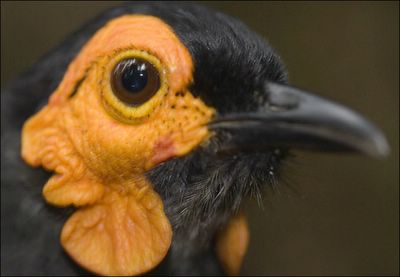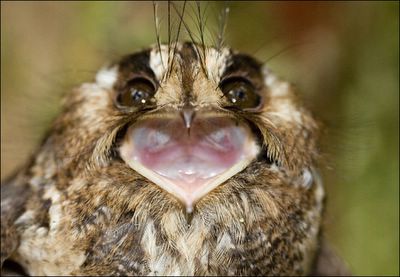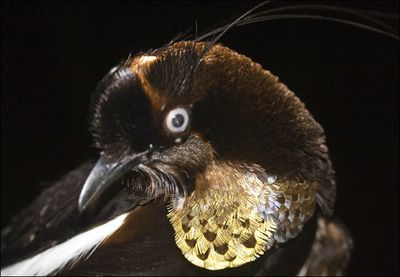
"Name the Baby Hippo Contest" at the Northwest Florida Zoo in Pensacola. This close contact by small children to the enclosure of large mammals is asking a bit for trouble. Children can easily squeeze through the poles that stop the hippos and they could be trampled without intention by the hippo. Then what happens? Destruction of the animal? Valuable employees are fired? A zoo is closed due to lawsuits? I think we need to be prudent when it comes to close encounters.






